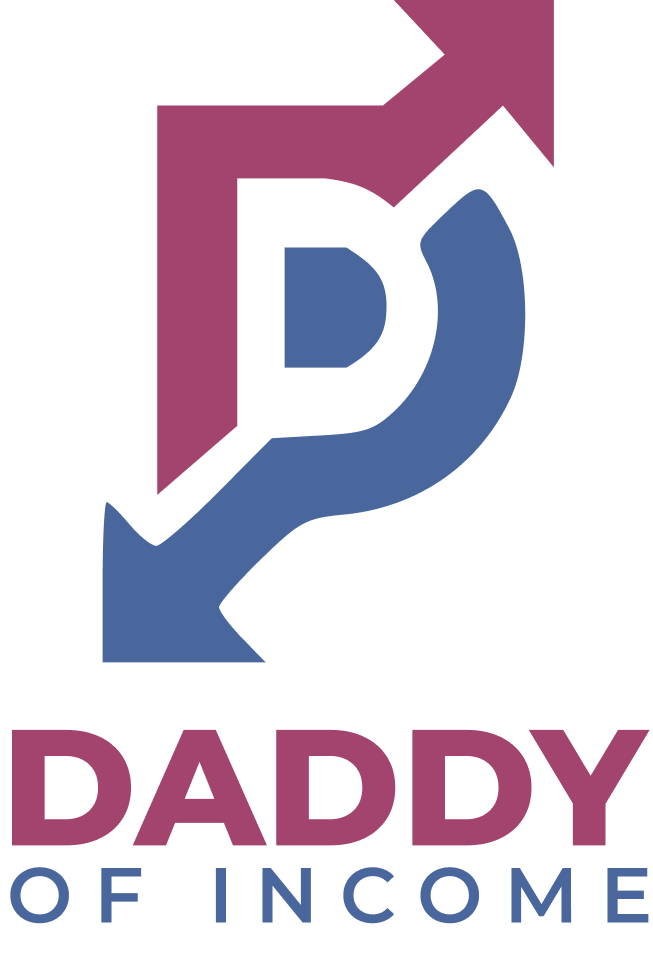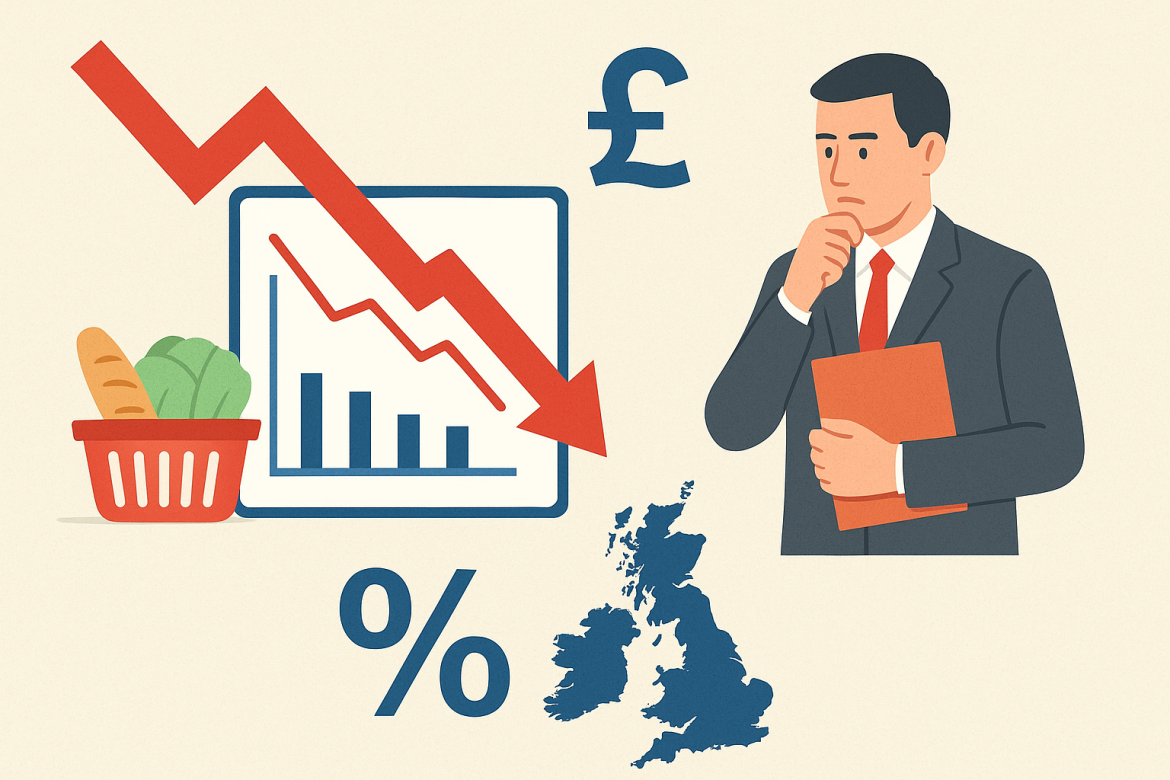The UK’s inflation rate continued its gradual descent in October, cooling to 3.6% and offering a measure of relief for households and policymakers after months of persistent price pressures.
The latest figures from the Office for National Statistics also reinforced expectations that the Bank of England could move to cut interest rates as early as December, even as concerns linger about the durability of the disinflation trend.
Headline inflation aligned with economists’ expectations in a Reuters poll, easing from 3.8% in September.
It was the first time in seven months that the rate fell.
Core inflation, which strips out volatile categories such as food and energy, ticked down to 3.4% from 3.5%, maintaining the downward trajectory central bankers have been looking for.
Energy and hotel prices help pull inflation lower
Grant Fitzner, the ONS chief economist, said: “Inflation eased in October, driven mainly by gas and electricity prices, which increased less than this time last year following changes in the Ofgem energy price cap.
“The cost of hotels was also a downward driver, with prices falling this month. These were only partially offset by rising food prices, following the dip seen in September.”
However, the overall picture remained mixed as food and non-alcoholic drink prices climbed 4.9%, reversing the dip recorded in September.
Bread and cereals were notable contributors to the increase, adding 0.02 percentage points to the headline figure.
Bank of England weighs policy shift amid weak growth
The latest inflation print comes at a delicate moment for the UK economy, which grew just 0.1% in the third quarter, according to preliminary data.
Economists argue that the combination of cooling inflation and sluggish output strengthens the case for the Bank of England to cut borrowing costs next month.
George Brown, senior economist at Schroders, said evidence that inflation has peaked “should tip the scales towards a December rate cut,” though he warned that future policy decisions would hinge on the Autumn Budget’s impact on household energy bills.
He pointed out that removing VAT and green levies from those bills could shave as much as half a percentage point off inflation.
“But we remain concerned that broader price pressures will prove persistent,” he said, cautioning that “wage growth remains well above a target-consistent pace,” raising the risk that inflation could become entrenched.
The central bank has already reduced interest rates five times since Labour formed government in July 2024, the most recent cut coming in August.
All eyes on Autumn Budget for next disinflation clues
Attention now shifts to the Treasury’s Autumn Budget on 26 November, which analysts expect will outline modest measures aimed at curbing price pressures further.
Sanjay Raja, chief UK economist at Deutsche Bank, described the budget as “the next most important inflation forecast update,” noting speculation around energy costs, duties, and food prices.
He added that expected changes announced by Chancellor Rachel Reeves could “give a good sense of where 2026 inflation will land.”
“This fall in inflation is good news for households and businesses across the country, but I’m determined to do more to bring prices down,” Reeves said in a statement issued by the HMT this morning.
“That’s why at the budget next week I will take the fair choices to deliver on the public’s priorities to cut NHS waiting lists, cut national debt, and cut the cost of living.”
Persistent price pressures still weighing on households
Despite the latest improvement, the UK continues to record the highest inflation among the G7 economies, driven in part by stubbornly high food prices.
Mel Stride, the shadow chancellor, said inflation has remained above the Bank of England’s 2% target “every single month since Labour’s last budget,” leaving many households feeling worse off.
The October data suggest the UK is moving gradually closer to price stability, but with structural pressures still evident, policymakers face a delicate balancing act as they weigh rate cuts against the risk of inflationary resurgence.
The post UK inflation eases to 3.6% in October, bolstering hopes of a December rate cut appeared first on Invezz

